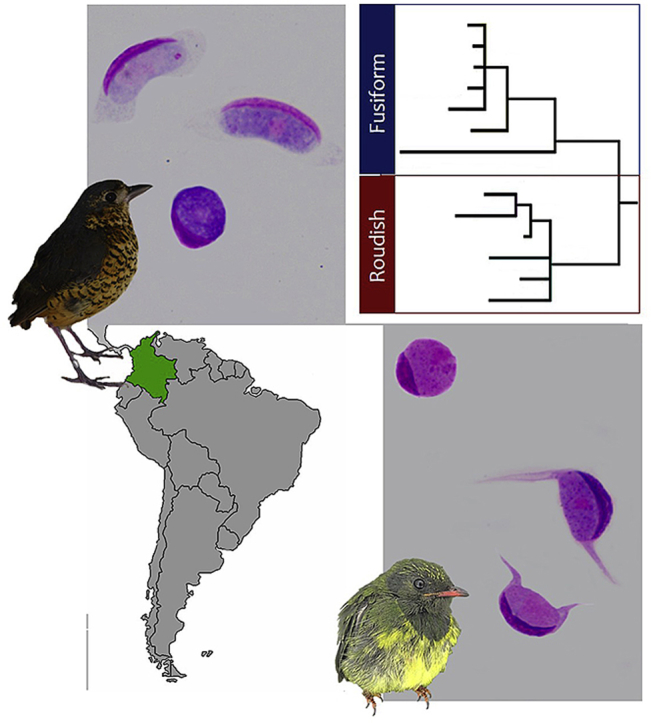Avian communities from South America harbor a unprecedented diversity of Leucocytozoon species (Haemosporida, Leucocytozoidae). Here, of 890 birds sampled, 10 (1.2%) have been contaminated with Leucocytozoon parasites.
Among them, two new species have been found and described. Leucocytozoon grallariae sp. nov. and Leucocytozoon neotropicalis sp. nov. have been discovered in non-migratory highland passeriforms belonging to the Grallaridae and Cotingidae, respectively. They each possess gametocytes in fusiform host cells.
However, on account of combining microscopic examination and molecular detection, it was revealed that these parasites have been current in co-infections with different Leucocytozoon species, which gametocytes develop in roundish host cells, subsequently exhibiting two extremely distant parasite lineages remoted from the identical samples.
Remarkably, the lineages obtained by cloning the mtDNA genomes weren’t captured by the traditional nested PCR, which amplifies a brief fragment of cytochrome b gene. Phylogenetic analyses revealed that the lineages obtained by the traditional nested PCR clustered with parasites possessing gametocytes in roundish host cells, whereas the lineages obtained by the mtDNA genome PCR protocol have been carefully associated to Leucocytozoon parasites possessing gametocytes in fusiform host cells.
These findings recommend issues with the sensitivity of the molecular protocols generally used to detect Leucocytozoon species. An in depth evaluation of the primers used in the traditional nested PCR revealed a match with DNA sequences from these parasites that possess gametocytes in roundish host cells (i.e., Leucocytozoon fringillinarum), whereas they differ with the orthologous areas in the mtDNA genomes remoted from the samples containing the two new species.
Since these are combined infections, none of the lineages detected in this examine could be assigned precisely to the new Leucocytozoon morphospecies that develops in fusiform host cells. However, phylogenetic analyses allowed us to hypothesize their most possible associations. This examine highlights the want for growing detection strategies to evaluate the diversity of Leucocytozoon parasites precisely.

A give attention to enhancing molecular diagnostic approaches to malaria management and elimination in low transmission settings: Review.
The malaria elimination purpose is again to the international agenda. Understanding its epidemiology in low transmission settings is essential to design dependable methods to detect a big reservoir of people contaminated with sub-microscopic (and usually asymptomatic) infections characterised by low-parasite densities and gametocyte carriage.
Traditional diagnostic strategies such a lightweight microscopy is broadly used primarily in growing international locations and because of this, the true image of malaria epidemiology is misrepresented. In the previous few a long time, the development of molecular diagnostic instruments considerably improved our understanding of the epidemiology of the ailments.
However, the detection capability of totally different molecular assays is set by various factors akin to the sensitivity of the assay and the transmission and an infection dynamics of the illness notably when there’s low parasitic density in reservoir hosts. Hence, in this assessment, the epidemiology of malaria in low transmission settings and the precedence in addressing the malaria management and elimination targets are highlighted.
